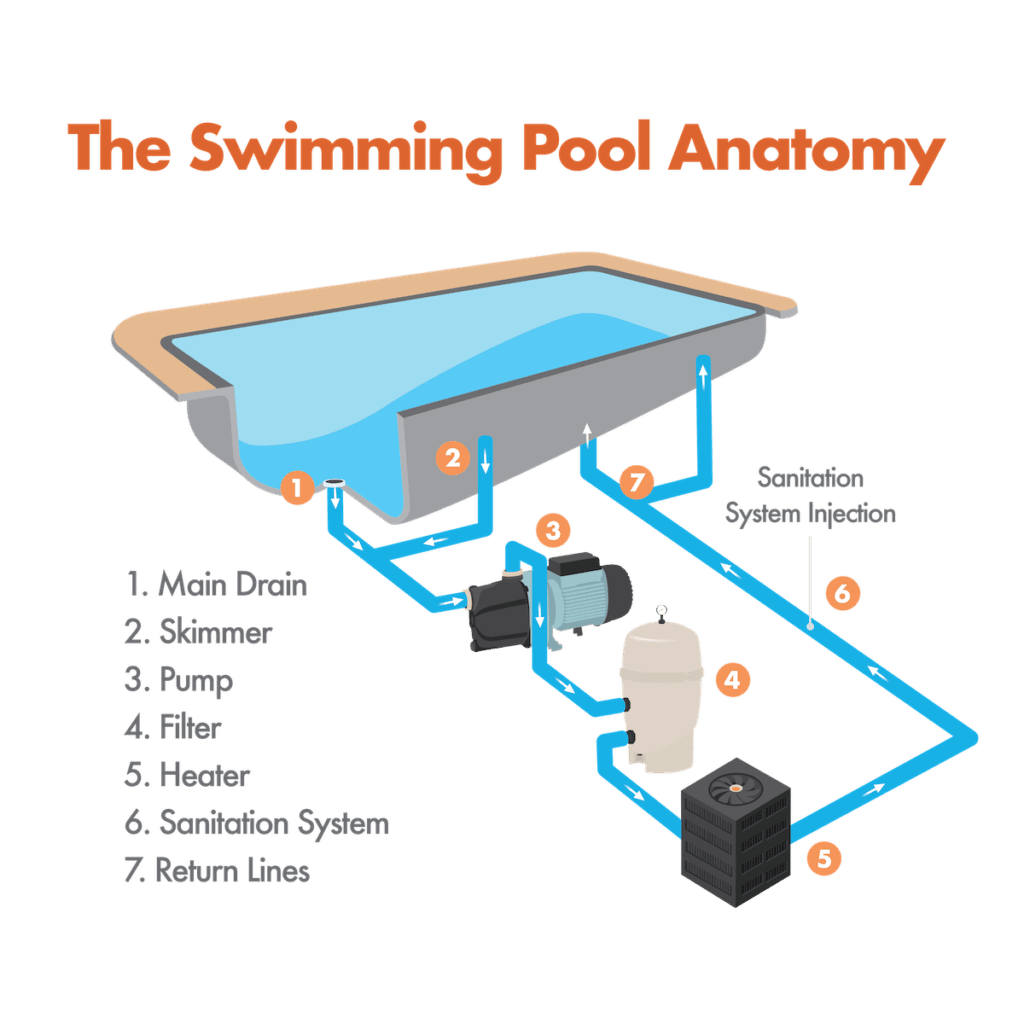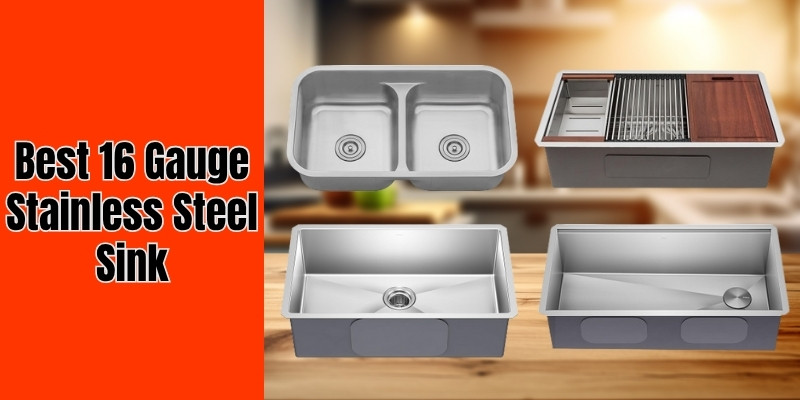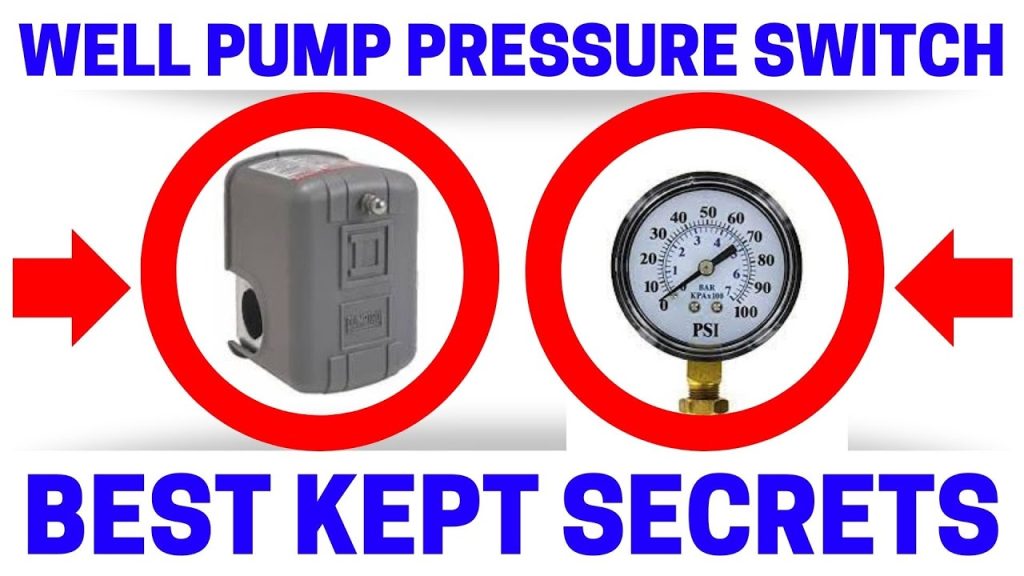Disclosure: This post contains affiliate links and I will be compensated if you make a purchase after clicking through my links. Learn More
Imagine stepping into your backyard and seeing a sparkling pool, just waiting for you to dive in. But have you ever wondered what makes your pool tick?
The answer lies beneath the surface, in the intricate world of pool plumbing systems. Understanding the basics of your pool’s plumbing can save you time, money, and headaches. It can empower you to spot issues before they become costly repairs.
You’ll discover the essential components of a pool plumbing system and how they work together to keep your oasis inviting and clean. Whether you’re a new pool owner or simply curious, you’ll find valuable insights that make managing your pool a breeze. Dive in and unlock the secrets to a worry-free pool experience.
Components Of Pool Plumbing
Understanding the components of a pool plumbing system is crucial for anyone who owns or plans to install a pool. Each part of the plumbing system works together to ensure your pool stays clean, clear, and safe for swimming.
A well-designed plumbing setup not only enhances the efficiency of your pool but can save you money on repairs and maintenance. Let’s dive into the essential components that make your pool function seamlessly.
Pumps And Motors
The pump is the heart of your pool’s circulation system. It sucks water from the pool through the skimmers and main drains and pushes it through the filter. The motor, attached to the pump, powers this process. Choosing the right pump and motor can significantly affect your pool’s efficiency.
Have you ever noticed your pool water looking cloudy? It might be time to check if your pump is working properly. A good pump will keep the water circulating, preventing stagnation and algae growth. Consider energy-efficient models that save electricity and reduce costs.
Filters And Strainers
Filters and strainers are your pool’s defense against dirt and debris. They catch particles that are too small for the skimmer to handle. There are different types of filters, including sand, cartridge, and diatomaceous earth (DE) filters. Each has its pros and cons.
Ever had a party in your backyard, only to find your pool filled with leaves the next day? That’s where strainers come in handy. They prevent larger debris from reaching the filter, ensuring it lasts longer and works efficiently. Regular cleaning of the filter can extend its life and improve water quality.
Valves And Fittings
Valves and fittings are the unsung heroes of pool plumbing. They control the flow of water and connect different parts of the system. Properly installed valves allow you to isolate sections of your plumbing for maintenance without draining the pool.
Imagine trying to fix a leak without being able to stop the water flow. That’s where valves come in. Ball valves and gate valves are common choices. Make sure your valves are easy to operate and accessible. Regular checks can prevent minor issues from becoming costly problems.
As you explore your pool’s plumbing system, ask yourself: Are these components working as they should? Regular maintenance and upgrades can ensure your pool remains a refreshing oasis for years to come.
Water Circulation Process
The water circulation process is vital for maintaining a clean pool. It ensures water remains fresh, clear, and free from debris. Understanding this process helps in effective pool maintenance. Let’s dive into the basics of the water circulation process.
Intake And Outflow
The pool’s intake system draws water through skimmers and drains. Skimmers capture floating debris, while drains handle heavier particles. Clean water is then pushed back into the pool through returns. This continuous cycle keeps the water moving and clean.
Pressure And Flow Rates
Pressure and flow rates determine the efficiency of circulation. A pump generates the required pressure to move water. The flow rate indicates how much water passes through the system. Optimal flow rates ensure effective filtration and even distribution.
Checking the pressure gauge helps monitor the system’s performance. An ideal reading indicates smooth circulation. Regular checks prevent clogs and maintain balance. Proper pressure settings enhance the pool’s overall health.
Installation Guidelines
Installing a pool plumbing system requires careful planning and execution. This process involves setting up pipes, fittings, and equipment. The goal is to ensure smooth water circulation. Following proper guidelines helps avoid common pitfalls. It also ensures a safe and efficient pool system.
Site Preparation
Begin with a thorough site inspection. Clear the area of debris and obstacles. Ensure the ground is level and stable. Check for underground utilities before digging. Mark the layout of the plumbing system on the ground. This includes the pool, pump, and filtration areas. Accurate marking prevents errors during installation.
Piping And Connections
Choose durable materials for pipes and fittings. PVC pipes are a popular choice for pool plumbing. Measure the required lengths carefully. Cut pipes using the right tools for precision. Connect pipes using strong, waterproof glue. Ensure all joints are secure and leak-free. Follow manufacturer’s instructions for best results.
Safety Considerations
Wear protective gear during installation. This includes gloves and safety glasses. Ensure electrical components are away from water sources. Keep the work area clear of hazards. Use tools according to safety guidelines. Always have an emergency plan in case of accidents. Proper safety measures protect you and your pool system.
Maintenance Tips
Understanding pool plumbing system basics ensures smooth operation. Regularly inspect pipes and pumps for leaks and blockages. Clear debris from filters to maintain water flow and prevent damage.
Maintaining your pool’s plumbing system is crucial to ensuring its longevity and efficiency. Regular maintenance prevents costly repairs and ensures that your swimming experience remains enjoyable.
Implementing a few simple practices can make a significant difference in how well your pool operates. Let’s dive into some essential maintenance tips that will keep your pool plumbing in top shape.
Regular Inspections
Conducting regular inspections of your pool plumbing can save you from unexpected surprises. Look for leaks, unusual noises, or any signs of wear and tear. A quick inspection once a month can help spot issues before they escalate. Check all connections and joints.
Ensure that there are no loose fittings or visible cracks. Pay special attention to the pump and filter area, as these are common spots for leaks. Keep an eye on the water pressure. Abnormal readings could indicate blockages or other underlying problems. Use a pressure gauge to monitor this regularly.
Cleaning Procedures
Cleaning your pool plumbing is not just about skimming the surface. It involves a deeper dive into the system. Remove any debris that may have settled in the pump basket or skimmer. Backwash your filter regularly. This helps remove trapped dirt and ensures water flows smoothly.
The frequency of backwashing depends on how often your pool is used, but a general rule is every two weeks. Use a pool vacuum to clean the pipes. This prevents the buildup of algae and other sediments. Regular vacuuming keeps the plumbing clear and efficient.
Troubleshooting Common Issues
Even with the best maintenance, issues can arise. Knowing how to troubleshoot common problems can save you time and stress. If you notice reduced water flow, check for blockages in the pipes or filters. Address any air bubbles in the system promptly.
These could indicate leaks or improper sealing. Tighten connections and replace worn-out gaskets to resolve this. If your pump is making strange noises, it might be due to debris or a failing motor. Regularly clean the pump basket and consult a professional if noises persist.
Taking proactive steps in maintaining your pool plumbing ensures a hassle-free swimming season. What maintenance tip will you implement next to keep your pool in top shape?
Upgrades And Improvements
Upgrading your pool plumbing system can enhance its efficiency. It also adds value to your property. By investing in modern solutions, you can save on energy costs. These improvements provide a cleaner swimming experience. Let’s explore some key upgrades for your pool plumbing system.
Energy Efficient Options
Energy efficient pumps reduce electricity consumption. Variable speed pumps are a popular choice. They allow you to control the speed and energy use. Solar heating systems use natural sunlight to warm your pool. This reduces reliance on electric heaters. Installing energy efficient lighting, like LED lights, can also save power.
Advanced Filtration Systems
Advanced filtration systems ensure cleaner water. Cartridge filters require less maintenance and use less water. They trap smaller debris, keeping your pool cleaner. Diatomaceous earth filters offer superior filtration. They remove particles as small as two microns. Sand filters are another reliable option. They are easy to maintain and cost-effective.
Smart Pool Technology
Smart pool technology offers convenience and control. Automated systems manage water levels and chemical balance. Remote monitoring lets you check your pool from anywhere.
Smart pumps and heaters adjust settings based on usage. This technology saves time and resources. Smart lighting systems can enhance your pool’s ambiance. They allow you to change colors and brightness with ease.

Credit: clearcomfort.com
Frequently Asked Questions
What Are The Main Parts Of A Pool Plumbing System?
A pool plumbing system includes the pump, filter, skimmers, and return jets. These parts work together. They circulate and clean the water.
How Does A Pool Pump Work In The System?
The pool pump moves water through the system. It draws water from the pool, sends it to the filter, then back to the pool.
Why Is Pool Water Circulation Important?
Good water circulation keeps the pool clean. It prevents algae growth. Also, it evenly distributes chemicals. This ensures a safe swimming environment.
Final Words
A pool plumbing system might seem complex at first. But understanding the basics makes it manageable. Pipes connect your pool to the pump. This helps circulate water properly. Filters keep your water clean and clear. Valves control water flow, ensuring efficiency.
Regular checks prevent costly repairs. Learning these basics keeps your pool in top shape. Enjoy your swimming experience more. Dive into clearer waters. Maintain your pool with ease. Remember, simple steps ensure better pool health. Keep your pool plumbing system running smoothly.
A well-maintained pool promises endless fun.


